The Santa Fe decorating style is a vibrant reflection of the rich cultural heritage of Santa Fe, New Mexico. Combining elements of Spanish, Native American, and Mexican influences, this style captures the beauty of the Southwestern landscape. Whether you’re a homeowner looking to renovate or simply want to infuse your space with warmth and color, this guide will help you understand and implement the Santa Fe aesthetic in your home.
What is Santa Fe Decorating Style?
Santa Fe decorating style is characterized by its earthy tones, rustic textures, and handcrafted details. The design emphasizes natural materials, such as adobe, wood, and stone, creating a warm and inviting atmosphere. Through the use of vibrant colors and culturally significant motifs, Santa Fe style celebrates its diverse heritage and connection to the land.
Key Elements of Santa Fe Decorating Style
- Color Palette: Earthy colors like terracotta, ochre, and sage green.
- Materials: Adobe walls, wooden beams, and stone floors.
- Textiles: Handwoven rugs, intricate tapestries, and leather accents.
- Decor: Native American pottery, Spanish tiles, and artisanal crafts.
- Furniture: Rustic wooden furniture and vintage pieces with a story.
History and Cultural Influences of Santa Fe Decorating Style
The origins of Santa Fe decorating style can be traced back to the 16th century when Spanish settlers and Native Americans began to blend their distinct cultures. This fusion created a unique architectural style that is still evident in Santa Fe today. The adobe buildings, with their soft lines and earthy materials, are synonymous with the region’s aesthetic.
Spanish Colonial Influence
The Spanish Colonial influence plays a significant role in Santa Fe’s design. Key features include:
- Thick adobe walls that maintain comfortable temperatures.
- Wooden beams and vigas that add character and structural support.
- Spanish tiles used in flooring and decorative accents.

Native American Influence
The Native American culture adds depth to the Santa Fe decorating style. Key contributions include:
- Handcrafted pottery and baskets that showcase traditional craftsmanship.
- Textiles featuring geometric patterns and natural dyes.
- Symbolic artwork representing spirituality and connection to nature.
How Cultural Diversity Shapes the Style
The blending of Spanish and Native American designs has led to a rich tapestry of influences that can be seen throughout Santa Fe. This approach not only celebrates aesthetics but also promotes cultural appreciation and understanding.
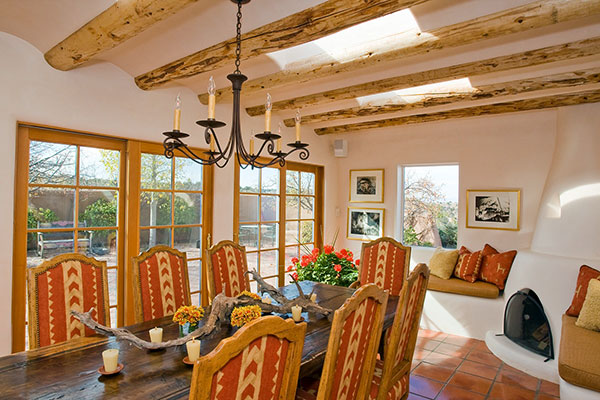
How to Incorporate Santa Fe Decorating Style in Your Home
Transforming your home into a Santa Fe oasis involves embracing the essential elements of the style. Here are some practical steps to guide you through the process.
1. Choose the Right Color Scheme
The color palette is critical in setting the tone for the room. Here’s how to select colors:
- Opt for earthy neutrals—think sand, clay, and warm browns.
- Incorporate pops of color with turquoise, terracotta, and deep reds.
- Use these colors consistently across walls, furniture, and decor.
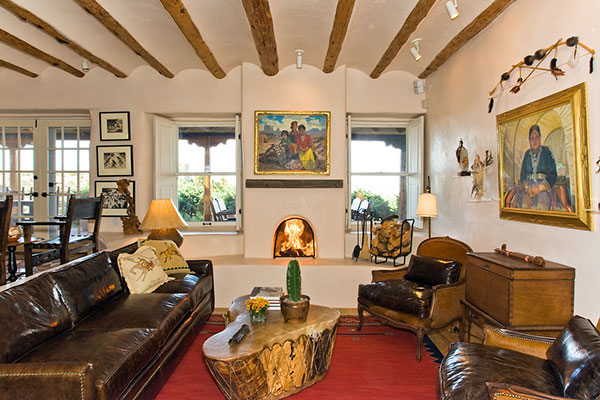
2. Focus on Natural Materials
Using natural materials is essential to achieving the Santa Fe look. Here’s what to consider:
- Use adobe plaster or paint walls in soft, natural colors.
- Incorporate wooden beams, which can be left raw or lightly stained.
- Choose stone flooring or those resembling natural elements.
3. Mix Textures with Textiles
Textiles play a huge role in Santa Fe design. Here’s how to incorporate them:
- Opt for handwoven rugs with traditional designs.
- Use soft throws and cushions in vibrant colors and patterns.
- Add leather accents in furniture or decor items.
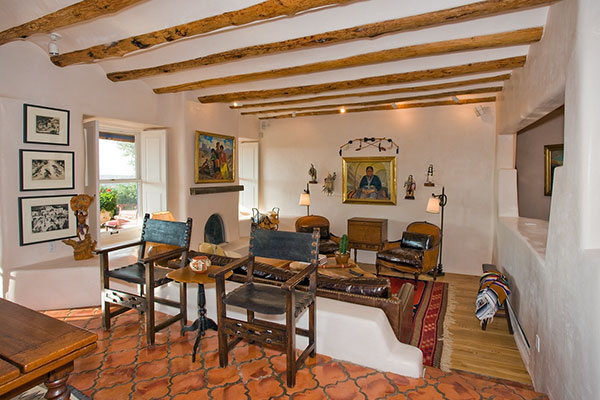
4. Curate Authentic Decor
Your decor should tell a story. Focus on:
- Investing in authentic Native American pottery or art.
- Incorporating wrought iron and Spanish-style light fixtures.
- Displaying handcrafted crafts that resonate with the region’s culture.
5. Selecting Furniture Wisely
Furniture should complement the Santa Fe style and enhance comfort. Consider:
- Rustic wooden furniture, like reclaimed wood tables and chairs.
- Antique or vintage pieces that carry history.
- Low-profile seating arrangements that invite relaxation.

Pros and Cons of Santa Fe Decorating Style
| Pros | Cons |
|---|---|
| Creates a warm, inviting atmosphere. | Can be expensive to source authentic materials. |
| Rich in cultural history and artistry. | May not suit modern minimalist tastes. |
| Highly customizable based on personal preferences. | Requires maintenance for certain materials (e.g., wood). |
Comparison: Santa Fe Style vs. Other Southwestern Styles
| Feature | Santa Fe Style | Adobe Style | Spanish Revival Style |
|---|---|---|---|
| Color Palette | Earthy tones with vibrant accents | Neutral tones with natural pigments | Muted colors with classic tiles |
| Materials | Adobe, wood, and stone | Primarily adobe | Stucco and wrought iron |
| Furniture Style | Rustic and artisanal | Heavy and functional | Elegant and intricate |
| Decor Elements | Cultural artifacts and textiles | Simple and traditional | Classic art and ornamental details |
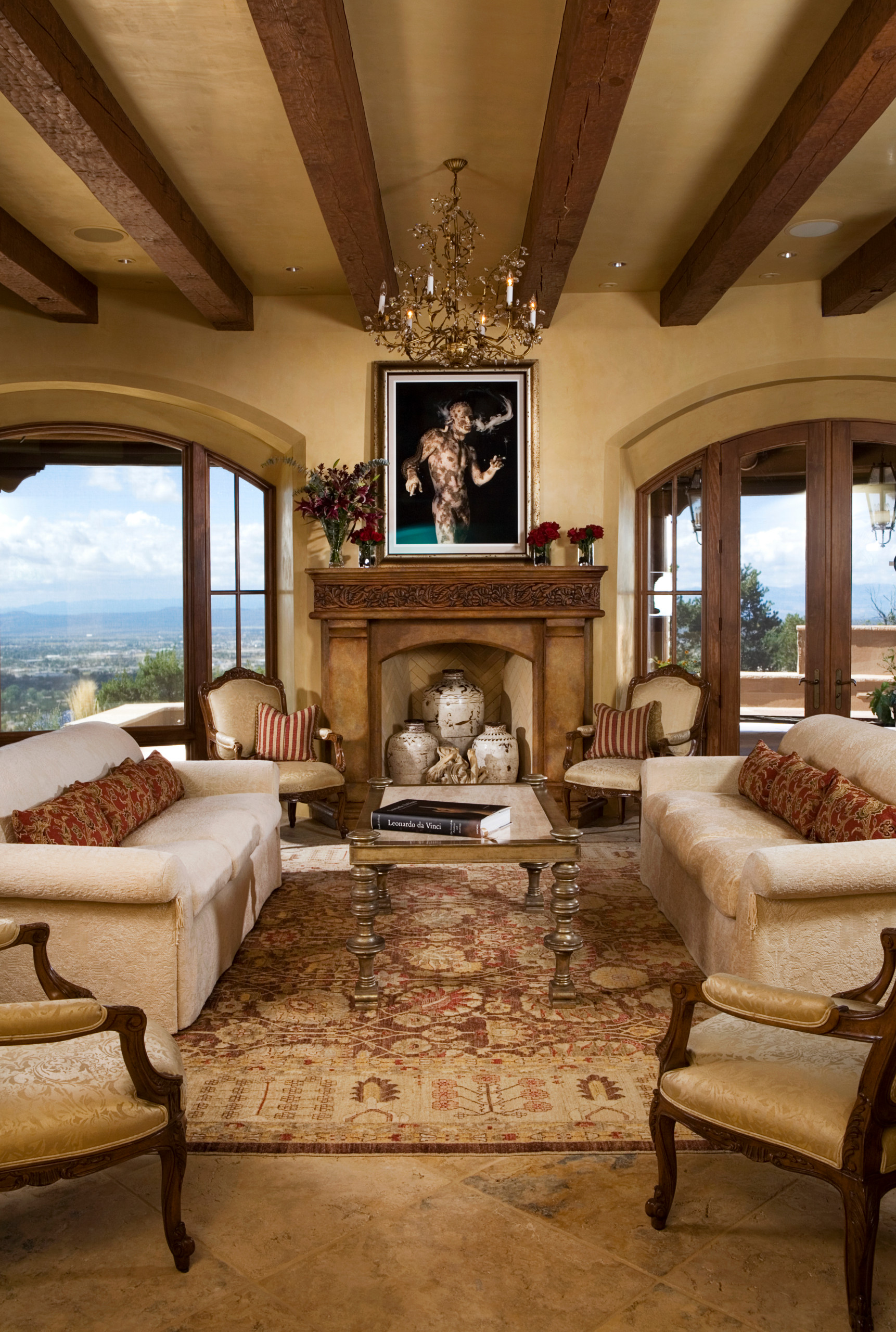
Personal Experience with Santa Fe Decorating Style
As someone who has lived in a Santa Fe-style home, I can personally attest to the warmth and character this decorating style brings. From the moment I stepped inside, I felt enveloped by the cozy ambiance that invites relaxation and creativity. My favorite feature is the vibrant textiles—I often find myself drawn to the rich patterns and colors that transport me to the landscapes of the Southwest. Each decor piece has a story, from my handwoven rug to the stunning pottery that adorns my shelves.
FAQs about Santa Fe Decorating Style
What are the primary colors used in Santa Fe decorating style?
The primary colors include earthy neutrals such as browns, tans, and greys, coupled with vibrant accents like turquoise, terracotta red, and deep greens.
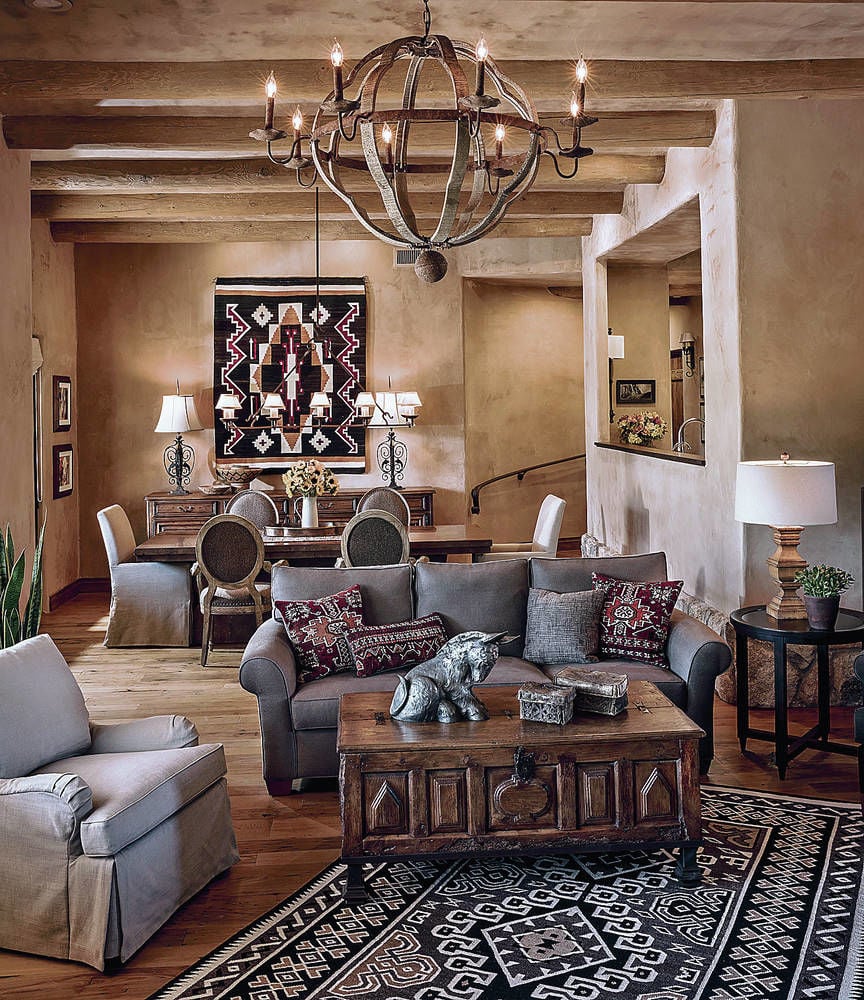
How can I incorporate Santa Fe style in a modern home?
You can use a few key elements to integrate Santa Fe style into a modern setting. Focus on using natural materials, adding a few rustic furniture pieces, and incorporating textiles with traditional Southwestern patterns.
Is Santa Fe style suitable for small spaces?
Absolutely! You can still achieve a Santa Fe aesthetic in small spaces by using lighter colors to open up the area and selecting multifunctional furniture that complements the style without overwhelming the room.
Where can I find authentic Santa Fe decor items?
Authentic Santa Fe decor items can be found at local artisan markets, specialized home decor stores, or galleries that focus on Southwestern art. Online platforms also offer a range of authentic pieces.
What is the best flooring for Santa Fe style?
The best flooring options include stone tiles, terracotta, and natural wood, which not only enhance the aesthetic but are also durable and easy to maintain.
Conclusion
Adopting the Santa Fe decorating style is more than just a design choice; it’s a way to celebrate culture, nature, and artisanal craftsmanship. By understanding the core elements, you can infuse your living space with the vibrant and warm spirit of Santa Fe. Whether you’re redecorating an entire home or simply adding a few key pieces, the Santa Fe style promises to create an inviting atmosphere that resonates with comfort and beauty.